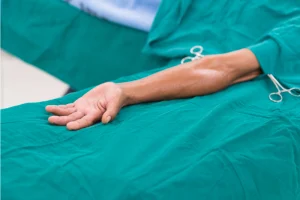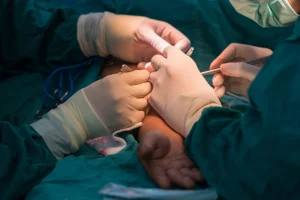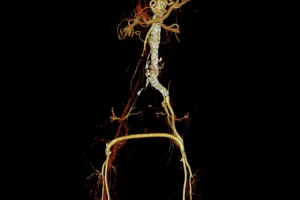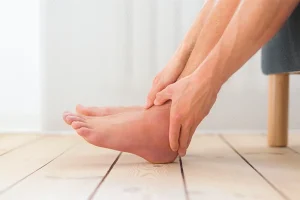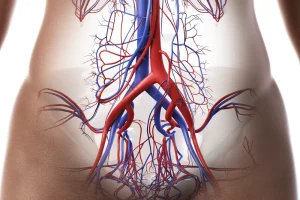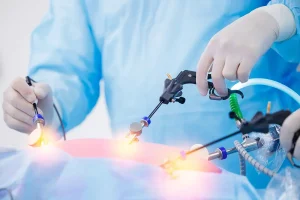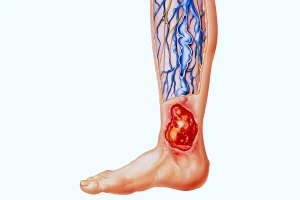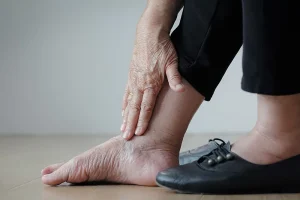What are hernias: types, symptoms and treatment methods
- Medically checked
Home » What are hernias: types, symptomsand treatment methods

What are hernias? Hernias are conditions caused by sustained and continuous physical exertion in particular. However, although hernias mainly occur following sustained and continuous activity, hernias can start at any age, including babies, and affect both men and women.
When an organ protrudes totally or partially out of its normal cavity through a natural or artificial opening, it creates a bulge in that area, visible to the outside world, and causes the well-known medical condition known as HERNIA.
Types of hernias: causes, symptoms, treatment
What are the symptoms of hernias?
The symptoms of hernias and their signs are clear:
- Swellings appear in the abdomen or groin, depending on the type of hernia the patient suffers from, and they increase with the passage of time and with sustained physical exertion.
- There is discomfort in that area.
- The hernia is quite sensitive to touch and causes pain constantly, but especially while the patient is exerting themselves or lifting weights. There are also cases when the hernia does not hurt.
- Once the level of pain increases, there may be a feeling of nausea which can degenerate into vomiting.
- Severe cramping is also present.
- The volume of the abdomen and its circumference increases with abdominal hernia.
Why do hernias occur? What causes hernias?
- Obesity – Gastric sleeve – What is it, advantages, how much you lose, diet after gastric sleeve;
- Malnutrition;
- Tuberculosis;
- Diabetes mellitus;
- Cystic fibrosis;
- Chronic constipation;
- Chronic cough;
- Prostate adenoma;
- Ascites;
- Large tumors;
- Pregnancy;
- and other causes influenced by congenital or metabolic factors.
How is a hernia correctly diagnosed?
Hernia is correctly diagnosed by clinical examination. The doctor physically examines the patient and, when there is doubt between a hernia and a tumor, imaging investigations are performed.
How is a hernia treated?
Hernia is ONLY treated surgically, either classic or laparoscopically. A hernia rarely heals spontaneously by itself. The less advanced the hernia, the easier it can be corrected and the lower the risk of complications. Hernnia surgery is very advanced. Hernias are successfully healed today.
How many types of hernias are there and how do they manifest themselves?
An epigastric hernia, also called a linea alba hernia, is located in the lower part of the rib cage, just above the navel. The protrusion usually appears in the abdominal wall and does not exceed the size of a golf ball.
Femoral hernia is the second most common type of hernia and affects more women than men.
Protrusions form just below the inguinal fold and are located somewhere in the middle of the thigh.
Umbilical hernias account for only 10% of all hernia cases and particularly affect children and overweight and obese women over 60.
Protrusions appear around the navel. Babies are usually affected when the umbilical cord does not close completely, but in adults umbilical hernia is caused by obesity, pregnancy or a medical condition called ascites, which is excess fluid in the abdomen.
Incisional hernia is rarer and occurs in postoperative abdominal scars. This type of hernia, an incisional hernia, can occur even years after surgery.
A ventral hernia manifests as an opening in the abdominal wall muscles. Although it is a hole, it also produces a bulge that is usually visible in the center of the abdominal wall.
Agiant hernia is actually a ventral hernia or an incisional hernia caused by injury or trauma. An open abdomen that heals slowly or incorrectly can cause a giant hernia.
Anincarcerated hernia OR strangulated hernia is a major complication of hernias. When a portion of intestine gets stuck in the hernia we are dealing with an incarcerated hernia. Strangulated hernias are rarer, but they are particularly dangerous because they stop the blood supply to the intestine. Once deprived of blood, the intestine leads to gangrene, gangrene can cause the intestine to rupture, which subsequently leads to peritonitis, i.e. infection of the abdominal cavity. Untreated peritonitis causes death.
Athlete’s hernia involves tearing of muscles, tendons or ligaments in the lower abdomen. Here we are not dealing with a weakening or opening of the abdominal wall, but with a rupture itself. The pain is localized in the groin, just as with inguinal hernia.
Inguinal hernia is the most common and most common in men who have aged. Of all hernia injuries, 80% of cases are inguinal hernias. Protrusions form in the scrotum or in the inguinal fold.
General laparoscopic surgery is a particularly important section of the VenArt clinic.
The surgical interventions are performed by experienced doctors specialized in renowned clinics in Europe, USA and Israel.
Thanks to innovative medical techniques, many conditions are treated by minimally invasive (laparoscopic) methods. Thus, more than 60% of patients can be treated on an outpatient basis.
For full details please visit the general surgery section of the clinic.
VenArt Clinic has contractual relations with Signal Iduna, NN Asigurari, Star BT, Sano Pass, Medicover, Allianz.
Medical Consultant: Dr. Oleg Cebotari

